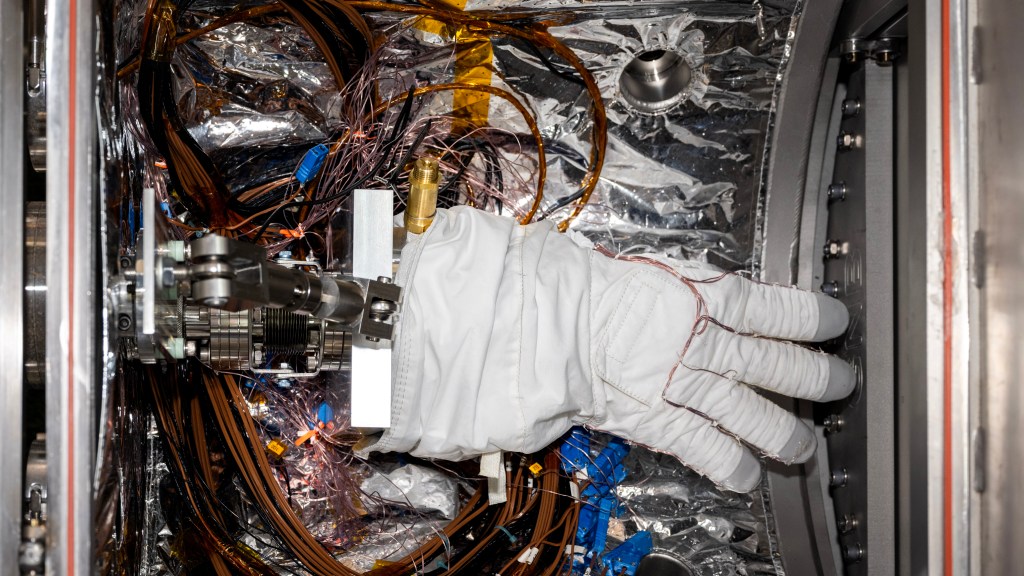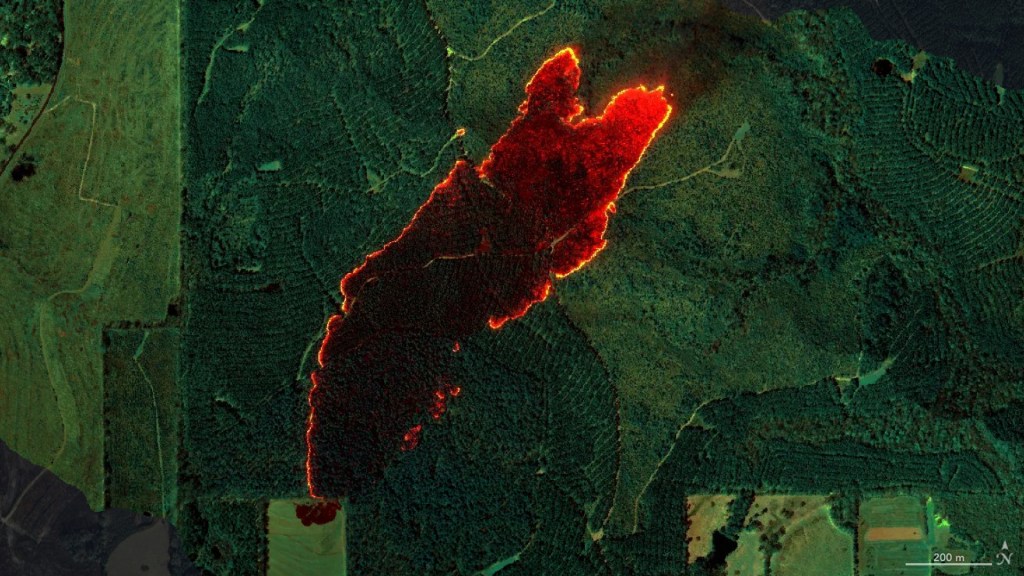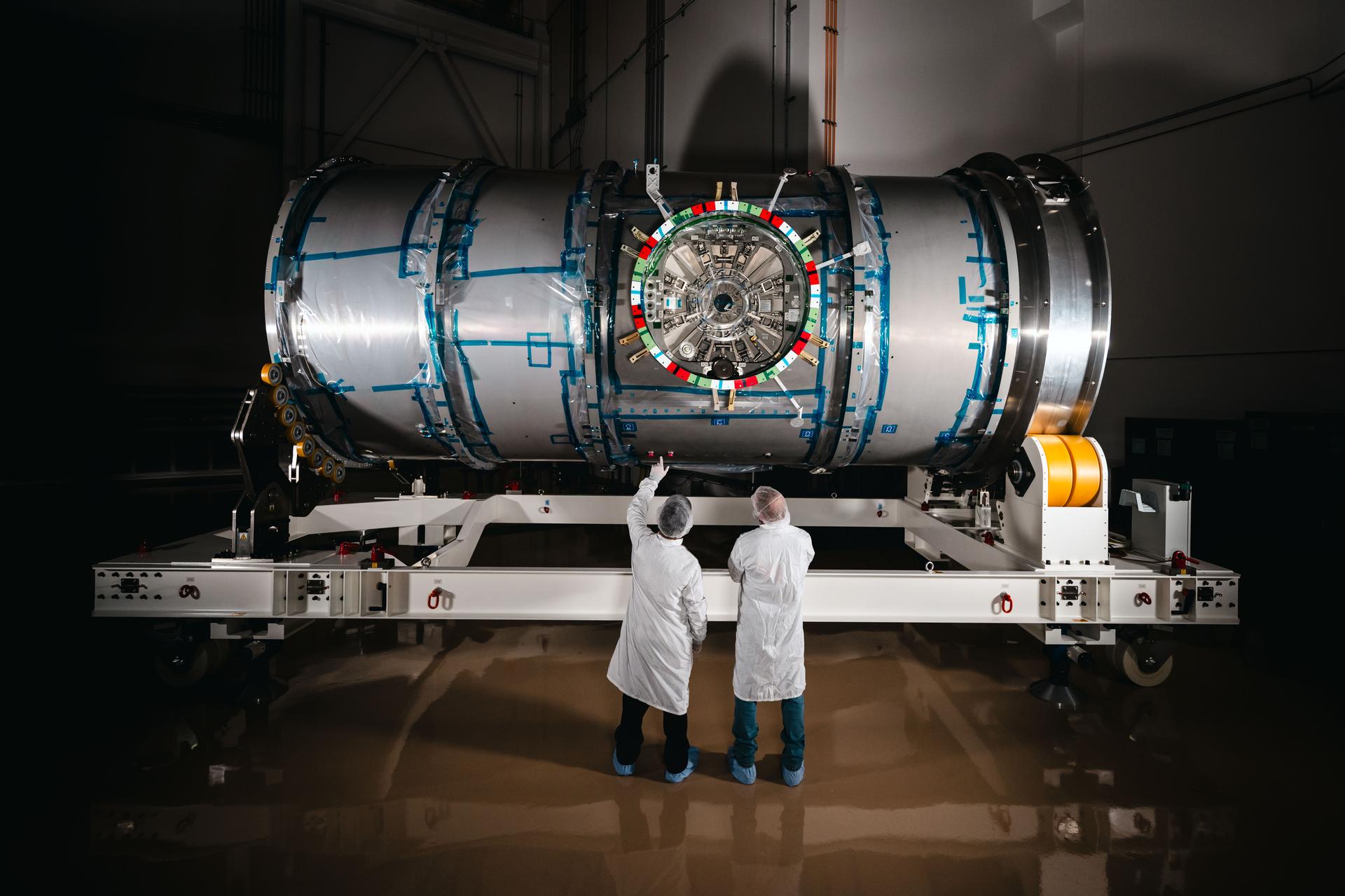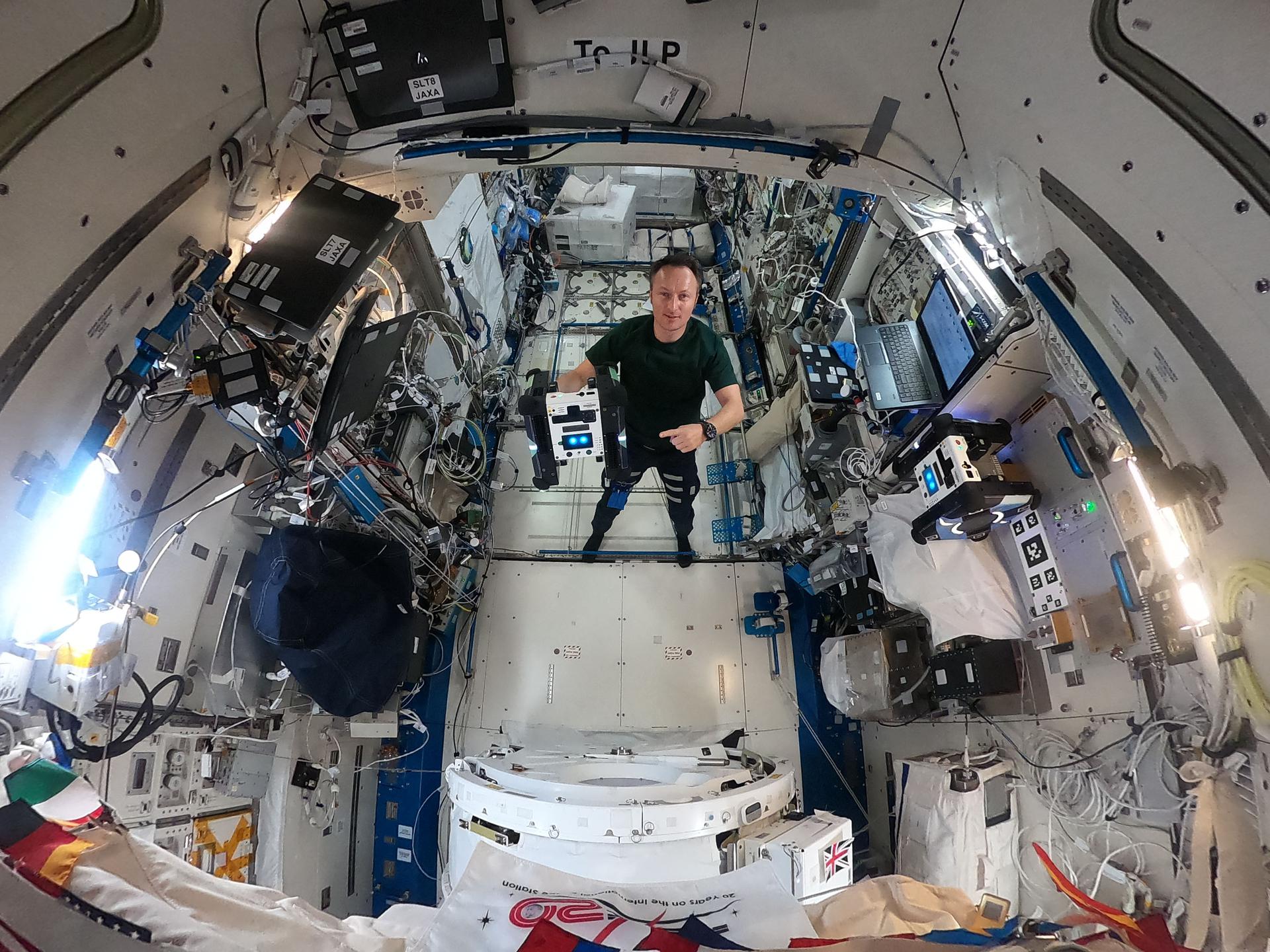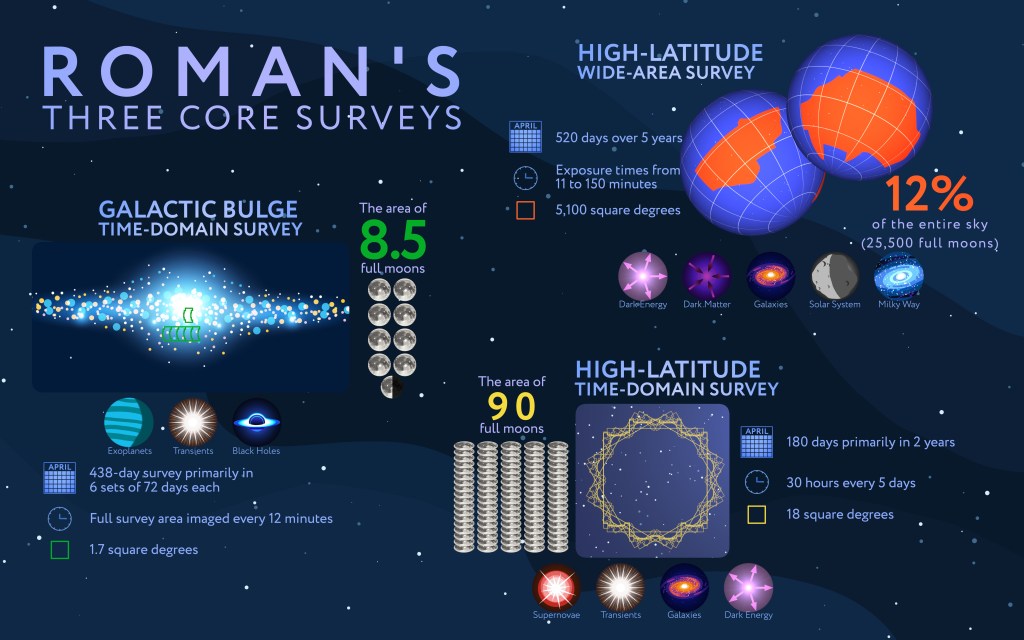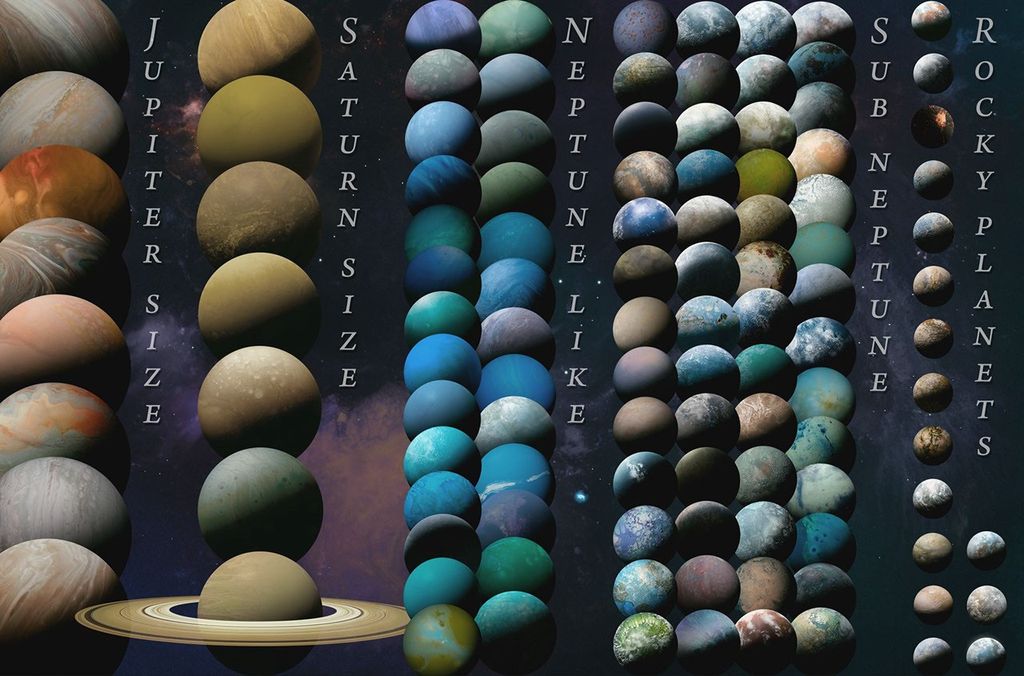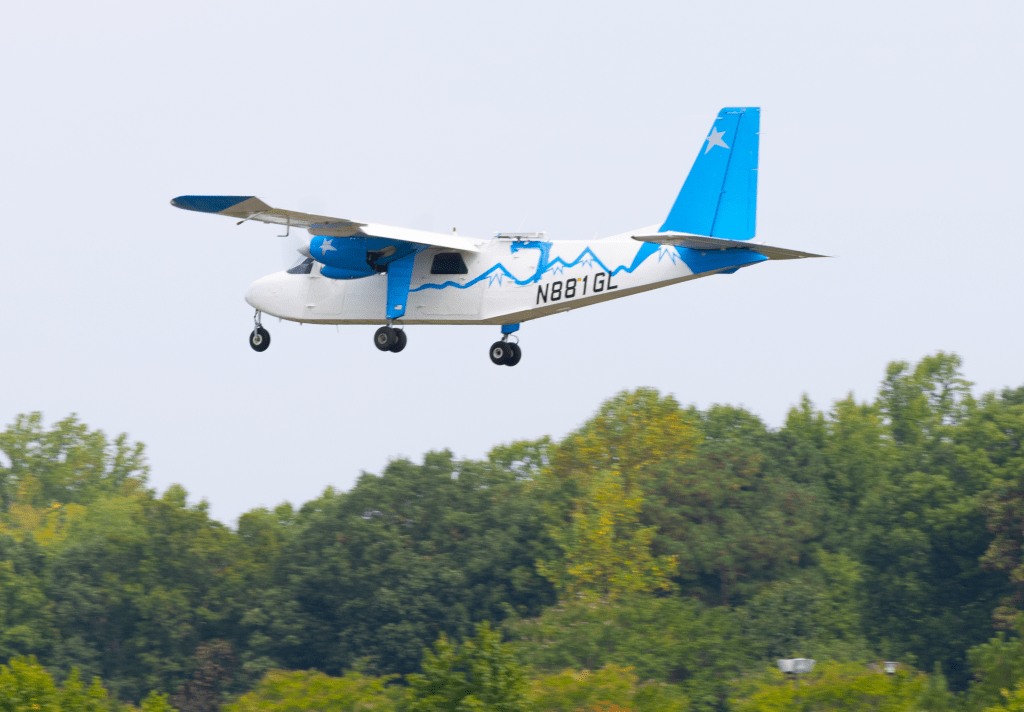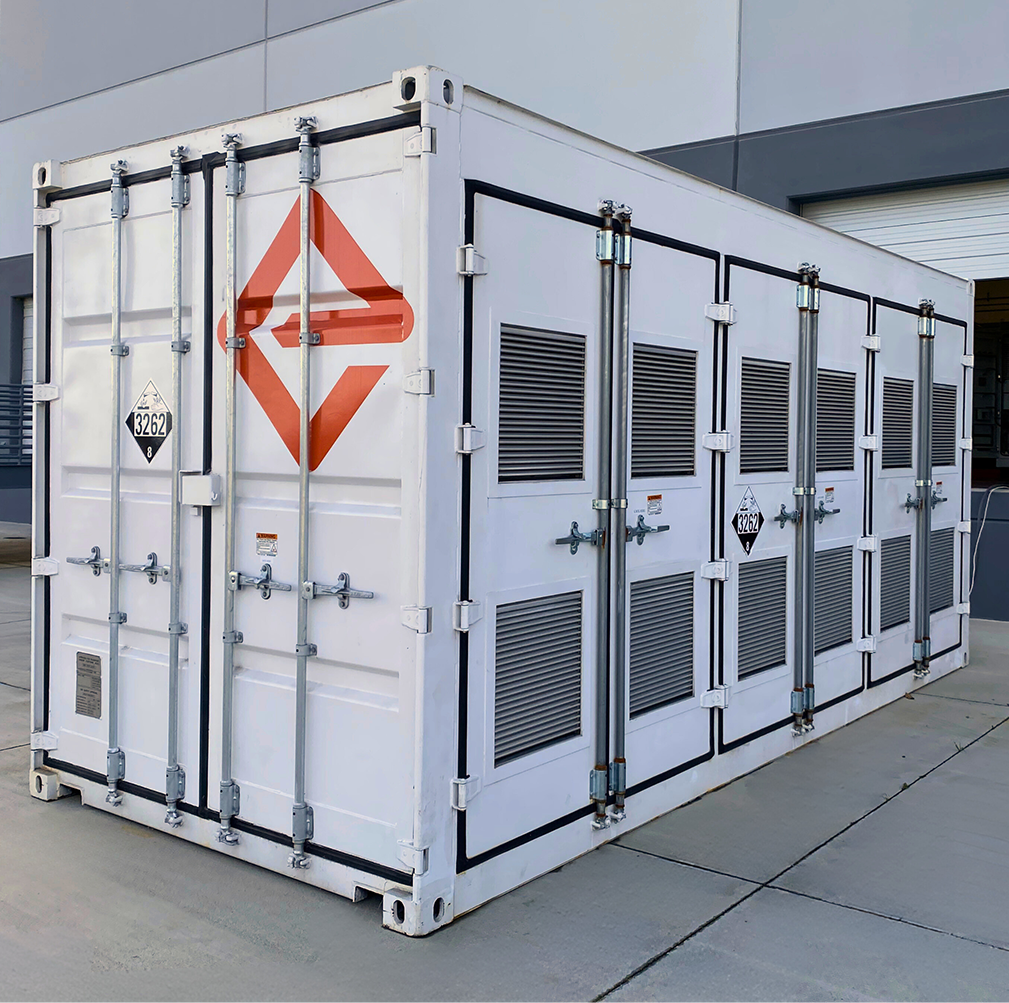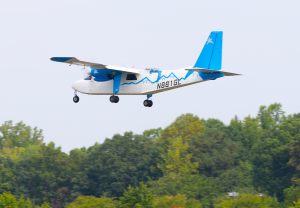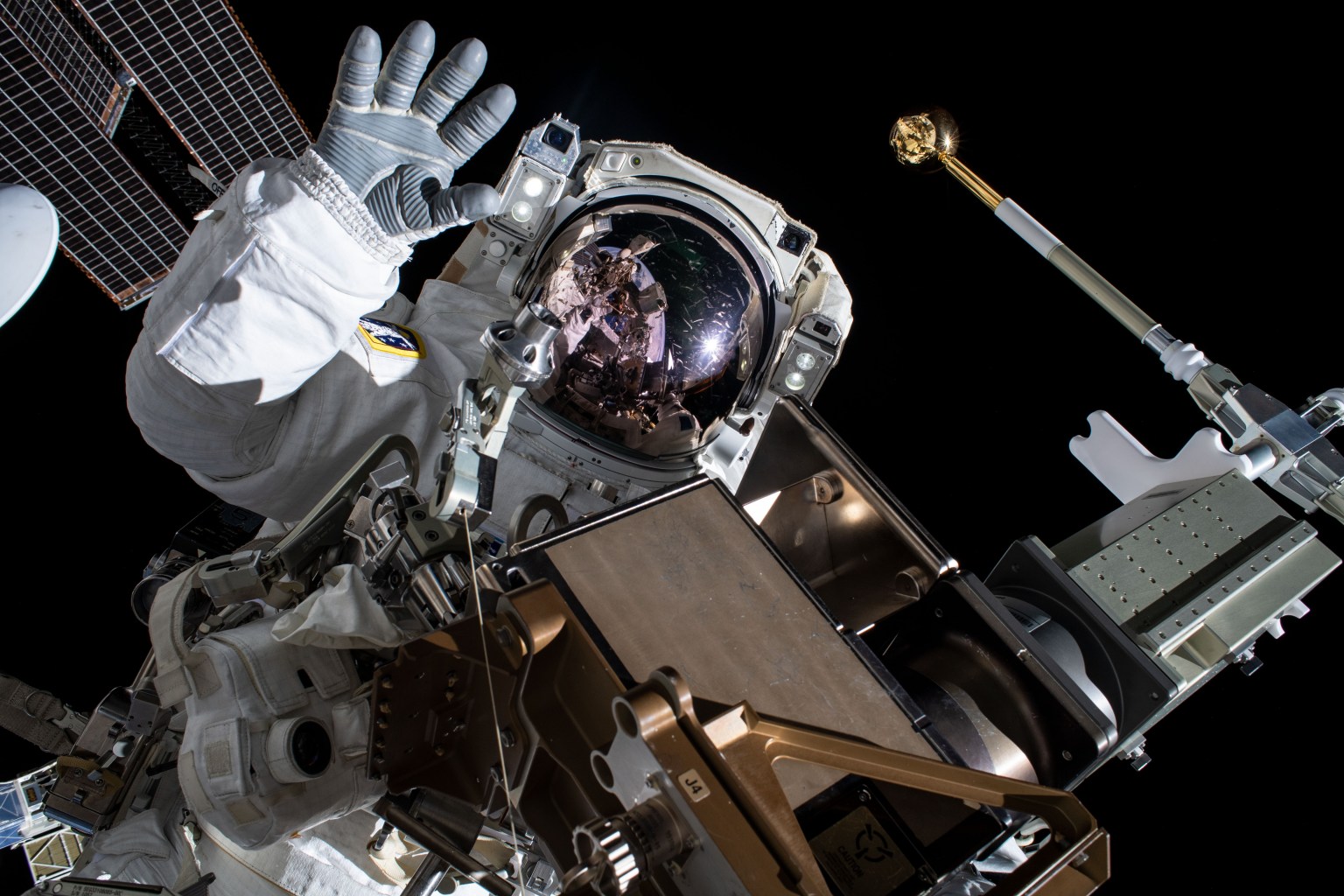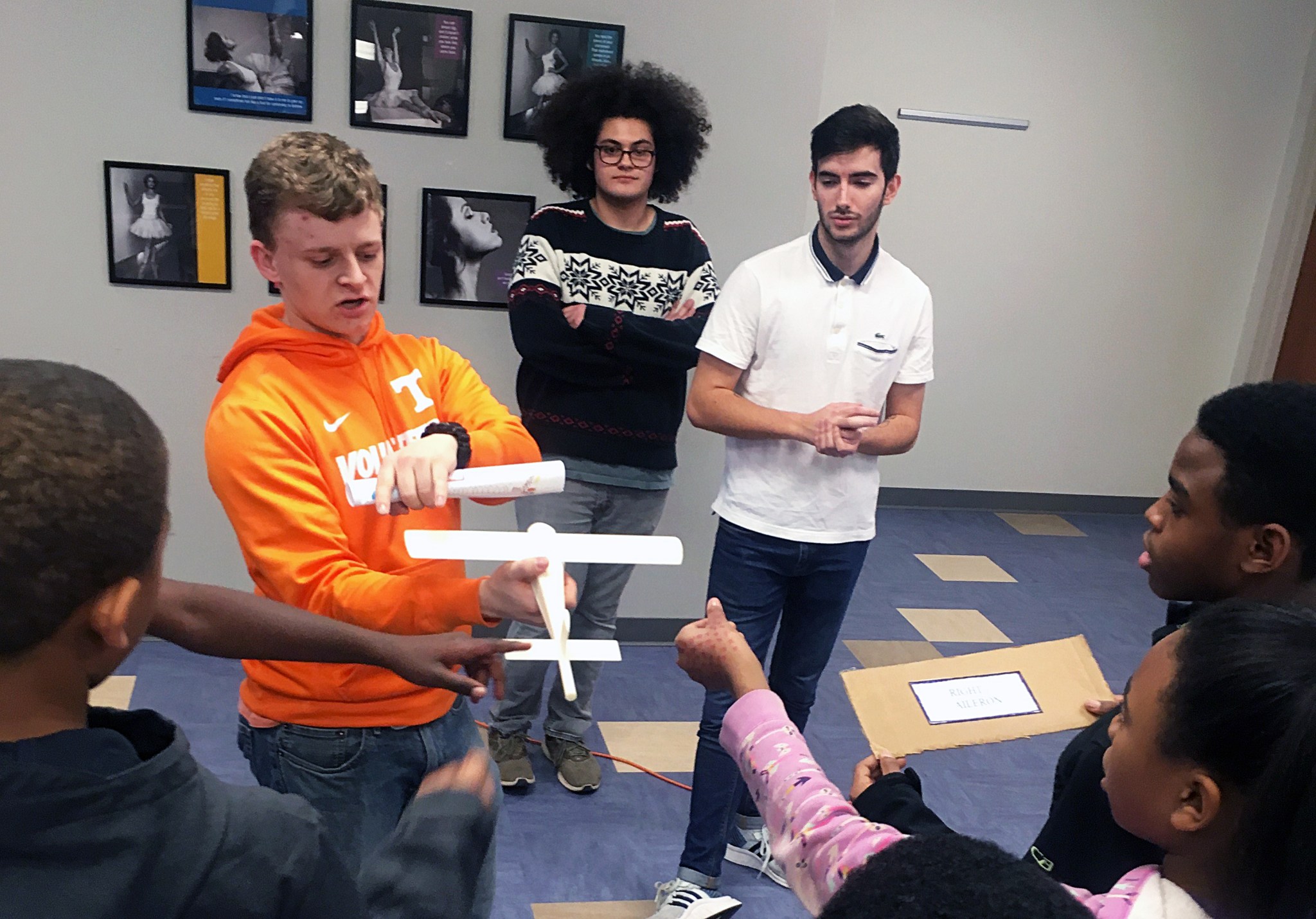
Innovations in areas of aeronautical research such as Advanced Air Mobility, electrified aircraft propulsion, and hypersonic flight will be explored by teams of university faculty and students recently selected to participate in NASA’s University Leadership Initiative (ULI).
ULI gives the academic community an opportunity to support NASA’s aeronautical research goals and provide students with valuable experience trying to solve real-world technical challenges.
“With their fresh perspectives and inventive creativity, we’re looking forward to seeing how these teams can contribute to the future of 21st century aviation,” said Koushik Datta, ULI project manager.
Another key goal of ULI is for students to gain experience in leading a multidisciplinary team made up of partners from other universities and industry, including student populations who are underrepresented or have not applied their skills to aviation problems.
“This is an important objective for ULI and it’s gratifying to know that historically black colleges and universities or minority-serving institutions are represented on each of our teams,” Datta said.
This is the fourth time a set of teams have been selected to participate in ULI. Five teams were chosen in 2020, three teams were announced in 2019, and five teams were selected for the inaugural initiative in 2017.
For this fourth round, a total of six teams were selected for final negotiations that could lead to awards of up to $34 million during the next four years.
Five of the teams were selected by NASA, while a sixth team was selected by the Air Force Research Laboratory’s Air Force Office of Scientific Research (AFOSR) in what amounts to the first joint NASA and Air Force collaboration under the ULI umbrella.
The six team leaders, their research topics, and other team members are:
University of Texas, Austin
The team will develop a theory and concept of operations that could be used by the Advanced Air Mobility community to help verify if their concept of autonomous cargo operation could work and if it makes economic sense to deploy on a large scale.
Team members include Purdue University in West Lafayette, Indiana; Massachusetts Institute of Technology in Cambridge; Morgan State University in Baltimore; and Cavan Solutions in Washington, DC.
Pennsylvania State University
The team will work to identify the optimal design of a gas turbine engine that could be used in a future single-aisle, medium- and short-haul aircraft that uses hybrid-electric propulsion.
Team members include Georgia Tech in Atlanta; Howard University in Washington, DC; Pratt & Whitney in East Hartford, Connecticut; and CVD MesoScribe Technologies in Central Islip, New York.
University of California, San Diego
The team will create computational tools that would enable U.S. industry to rapidly develop electric vertical takeoff and landing vehicles that would fly as part of an Advanced Air Mobility environment.
Team members include University of California in Davis; San Diego State University; Brigham Young University in Provo, Utah; Aurora Flight Sciences in Manassas, Virginia; and M4 Engineering in Long Beach, California.
Purdue University
The team will refine techniques and hardware associated with a particular set of optical and laser sensors that can be used in examining the surfaces of a hypersonic vehicle in a way that can help that aircraft maintain control in flight.
Team members include University of Virginia in Charlottesville, Virginia; Hampton University in Virginia; Sydor Technologies in Fairport, New York; and Innoveering, LLC in Ronkonkoma, New York.
University of Texas, Austin
This team, which is the one funded by the Air Force, will study a novel approach to hypersonic flight in which the vehicle itself becomes a sensor to keep track of its aerodynamic status during flight. The idea is that data could be used to help improve flight control of the aircraft in real time.
Team members include University of Michigan in Ann Arbor; University of Texas in San Antonio; Huston-Tillostson University in Austin, Texas; Sandia National Laboratory in Albuquerque, New Mexico; and Lockheed Martin Corporation in Fort Worth, Texas.
George Institute of Technology
The team will research and demonstrate ways to implement new structural materials, manufacturing techniques, and maintenance and/or repair processes for new vertical lift vehicles envisioned as part of Advanced Air Mobility to be achievable and profitable.
Team members include University of South Carolina in Columbia; North Carolina A&T State University in Greensboro; Middle Georgia State University in Eastman; and Triumph Aerospace Structures of Berwyn, Pennsylvania.
Universities interested in submitting proposals to participate in the next round of ULI selections should monitor this NASA website for the official solicitation notice. The request for proposals is anticipated to be announced in March 2021.


